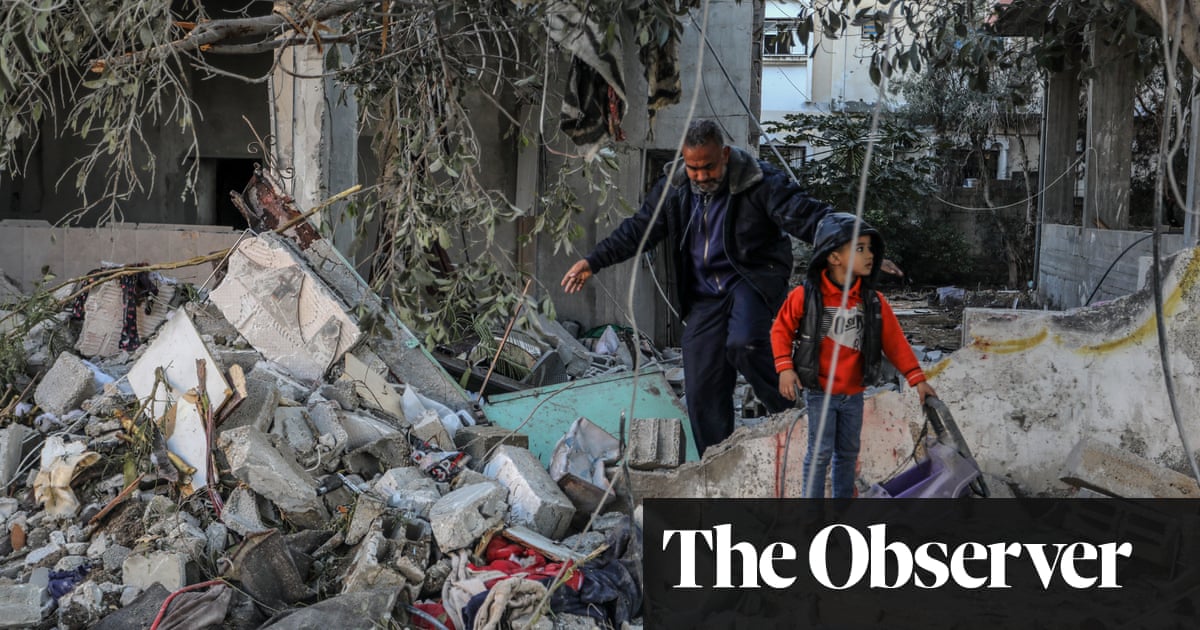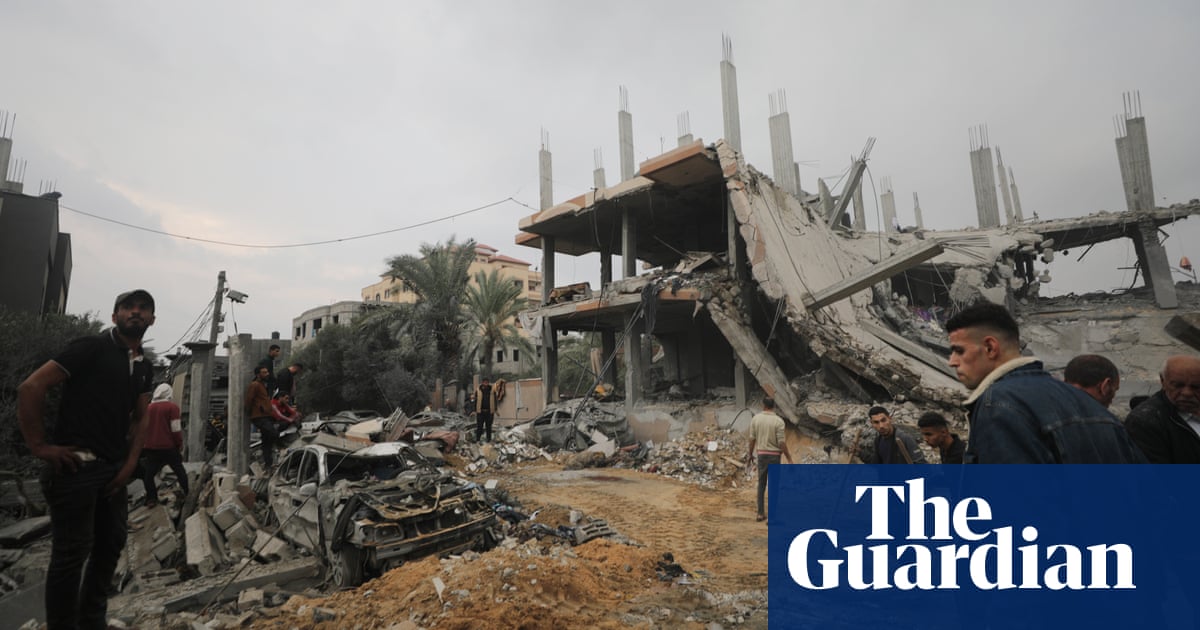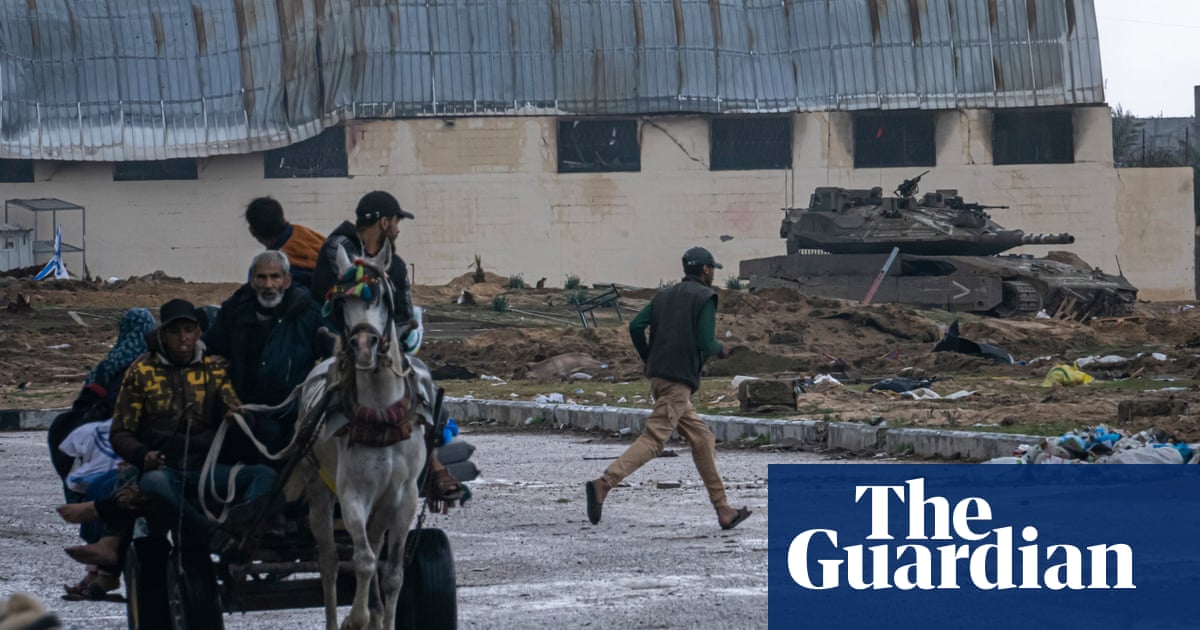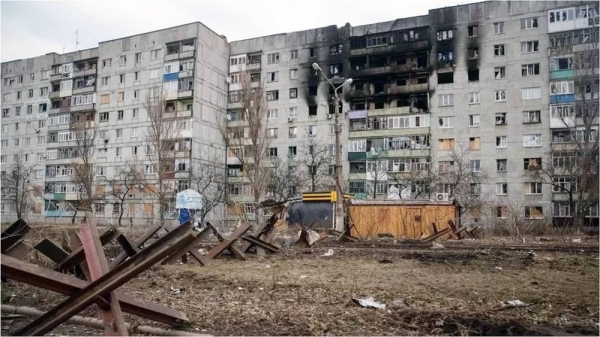
Intense urban fighting raged in and around the Gaza Strip"s largest cities on Friday, as the death toll continued to rise.
Residents and the Israeli military both reported intensified fighting in both northern areas, where Israel had previously said its troops had largely completed their tasks last month, and in the south where they launched a new assault this week.
The Israeli military said on Friday it had struck more than 450 targets in Gaza from land, sea and air over the past 24 hours — the most since a truce collapsed last week and about double the daily figures typically reported since then.
Hamas reported the most intense clashes with Israeli forces were taking place in the north in Gaza City"s Shejaia district, as well as in the south in Khan Younis, where Israelis reached the heart of the enclave"s second-biggest city on Wednesday.
After the first phase of its ground offensive in northern Gaza, Israel"s army extended operations southwards this week, where nearly two million civilians are now trapped.
They are cornered in a territory that grows increasingly cramped.
Israeli soldiers, supported by airstrikes, engaged Hamas fighters on Thursday in Khan Younis, the largest city in south Gaza. It has become the epicenter of the war, along with neighboring Jabaliya.
More strikes were reported on Friday morning in Khan Younis in the south, the Nusseirat camp in the center and Gaza City in the north.
Early on Friday, 40 people were reported dead in strikes near Gaza City in the north, and “dozens” of others in Jabaliya and Khan Younis.
Hamas’s military wing, the Izzedine al-Qassam Brigades, said in a statement on social media that it thwarted an early morning attempt by the Israeli military to release one of the hostages held in Gaza.
According to Hamas, the Israeli hostage was killed in the fighting.
They said Israeli aircraft carried out a bombing raid as part of the attack. Israel"s military have not commented on the claims.
With the vast majority of Gazans now displaced and unable to access any aid, hospitals overrun and food running out, the main UN agency there said society was "on the verge of a full-blown collapse".
Gaza"s health ministry reported 350 people killed on Thursday, bringing the death toll from Israel"s two-month campaign in Gaza to more than 17,170, with thousands more missing and presumed buried under rubble.
"As we stand here almost a week into this campaign into the south... it remains imperative that Israel put a premium on civilian protection," US Secretary of State Antony Blinken told a press conference in Washington on Thursday.
"And there does remain a gap between... the intent to protect civilians and the actual results that we"re seeing on the ground."
With the fighting now extended across both halves of the Gaza Strip at the same time, residents say it has become almost impossible to find refuge.
Reuters journalists in the southern Gaza Strip have seen dead and wounded overrunning the main Nasser hospital in Khan Younis, where there was no room on the floor on Friday for arriving patients sprawled across bloodsmeared tiles.
"We are staying in an area that is, according to maps, a safe area," said Mohamed al-Amouri, adjusting an oxygen mask for his school-aged son who lay on a hospital bed in soccer shorts with his legs bandaged and his body lacerated.
"Children were on the streets playing, living life normally... we went out after the hit, hearing screams, to find youth, children, women and men in body parts — among them martyrs and injured."
In Rafah, further south hard against the border with Egypt, Thaer Kadeeh is living with his family in a makeshift tent from sheets of thin plastic.
"We don"t sleep. Fear, hunger and cold, the three combined and no one is looking out for us," he told Reuters. "You try to make the feeling of hunger go away for like an hour, but then the child asks again for food."
Reuters was unable to enter other parts of the enclave but reached residents by telephone who described similar scenes of desperation. With the fighting now in all directions, there was no place left to flee, said Yamen, sheltering at a school in central Gaza with his family.
Thousands of people are trying to flee Khan Younis towards Rafah, on the Egyptian border, the only place where humanitarian aid is still distributed.
“For two months, we have been moving from one place to another... We are very tired, we sleep in the street,” said Abdullah Abu Daqqa, who managed to reach the border town. He called the last two months “the hardest" of his life.
"We have no basic necessities, the situation is getting worse day by day, and there is no political solution on the horizon," added Ahmad Hajjaj, a displaced Palestinian in Gaza.
Thomas White, Gaza head of UNRWA, the UN aid agency for Palestinians, wrote on X: "Civil order is breaking down in Gaza -- the streets feel wild, particularly after dark -- some aid convoys are being looted and UN vehicles stoned. Society is on the brink of full-blown collapse."
Ramy Abdu, head of the Geneva-based Euro-Mediterranean Human Rights Monitor, posted pictures showing severe damage to the vast medieval Great Omari Mosque, the most important landmark in Gaza"s Old City, apparently hit for the first time.
On Thursday evening, Israeli television broadcast videos showing Palestinians in their underwear and blindfolded, under the guard of Israeli soldiers in Gaza. The footage provoked heated controversy on social networks.
Speaking to Israeli Prime Minister Benjamin Netanyahu on the phone, US President Joe Biden "insisted on the absolute need to protect civilians and separate the civilian population from Hamas", according to the White House.
The Director-General of the World Health Organization (WHO), Tedros Adhanom Ghebreyesus, said Gaza"s health system was "on its knees".
Most hospitals in the north no longer function, while those in the south, overwhelmed by the influx of thousands of wounded, are on the verge of collapse.
A United Nations vote on the Arab and Islamic nations" Israel-Gaza ceasefire resolution (which has 54 co-sponsors and counting) has been moved to 22:30 GMT.
The vote time was changed because of US Secretary of State Blinken"s meeting with Arab ministers in Washington DC.
US Secretary of State Blinken made his strongest public criticism yet of Israel’s handling of this stage of the war.
"It remains imperative that Israel put a premium on civilian protection,” he said.
There is a "gap" between Israel"s intent to protect civilians and how the war has been unfolding in Gaza, Blinken said.
"It is imperative – it remains imperative – that Israel put a premium on civilian protection, and there does remain a gap between exactly what I said when I was there, the intent to protect civilians, and the actual results that we’re seeing on the ground," Blinken said, at a joint press conference with UK foreign secretary David Cameron in Washington DC on Thursday. — Agencies











